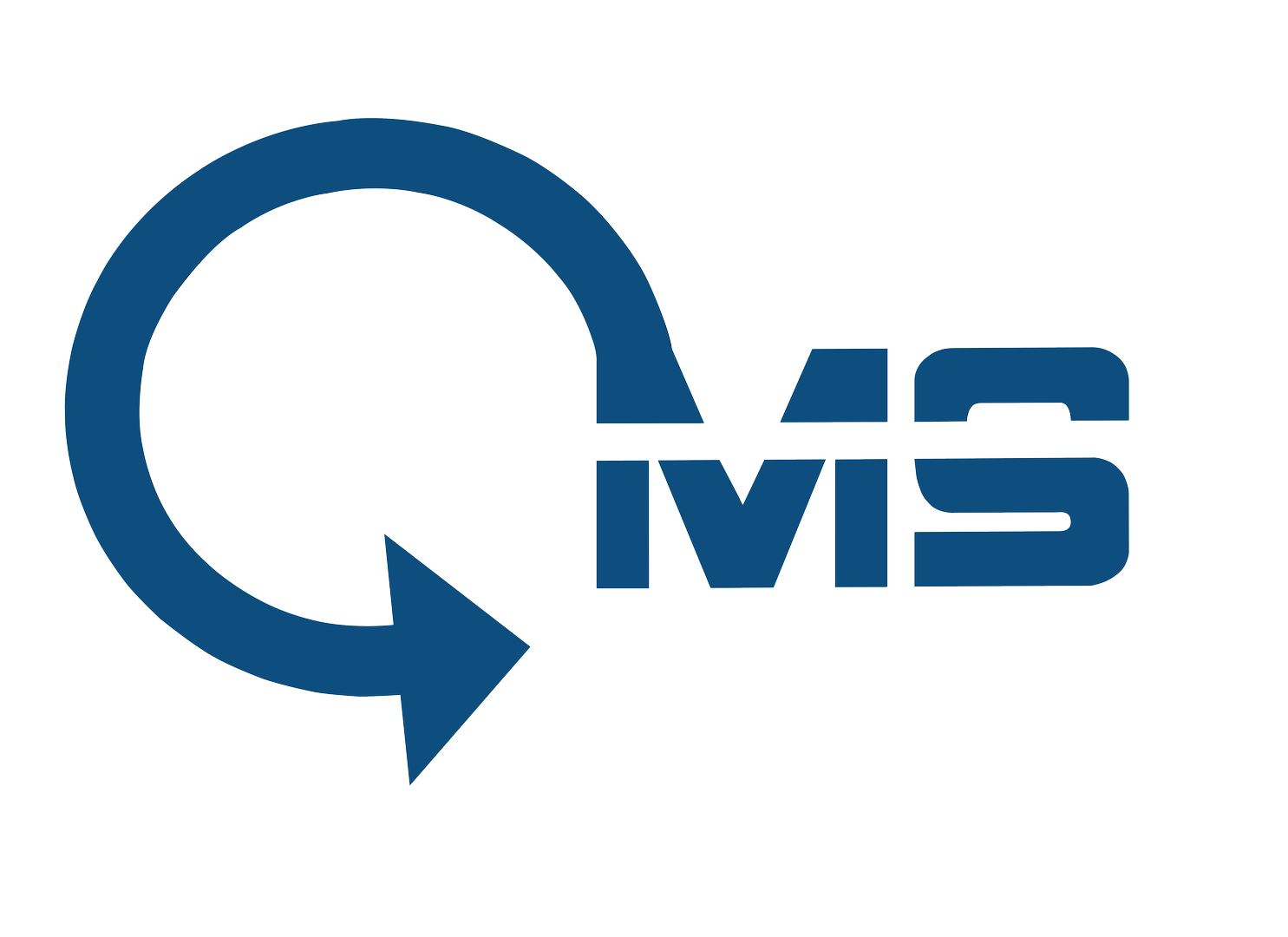How to Be Certified
Simplifying certifications process , most of process remotely
Phase 1
Determine the Relevant ISO Standard: The first step is to identify the specific ISO standard that is relevant to your organization’s industry or area of operation.
Phase 2
Gap Analysis: Conduct a gap analysis to assess your current processes and systems against the requirements of the chosen ISO standard. Identify areas that need improvement to meet the standard.
Phase 3
Develop an Implementation Plan: Create a detailed plan outlining how your organization will meet the requirements of the ISO standard. This may involve implementing new processes, procedures, and documentation.
Phase 4
Implement Changes: Implement the necessary changes within your organization to align with the ISO standard requirements. This may involve training employees, updating procedures, and establishing documentation systems.
Phase 5
Application Contact us and submit fully details, such as company name, address, scope of work, number of sites, number of employees, … etc. Complete and submit application request with personal assistance from one of our team or just submit it directly online I both cases we will be pleased to contact you and confirm your request and details you provided.
Phase 6
Application Review We will review all provided details, and ask for more if needed, and ensure that all submitted details satisfied and sufficient to create your file. An account manager will be assigned to contact with you for following up with you and sign the agreement with QMS.
download & sign agreement can download from Here
Phase 7
Stage 1 Audit: The QMS will conduct an initial audit (Stage 1) to review your organization’s readiness for the certification process. They will assess your documentation and processes to ensure they meet the standard requirements.
Phase 8
Stage 2 Audit: The QMS will then conduct a more detailed audit (Stage 2) to verify the implementation and effectiveness of your organization’s processes in meeting the ISO standard requirements.
Phase 9
Certification Decision: Based on the findings of the Stage 2 audit, the certification body will make a decision on whether to grant the ISO certification to your organization.
Phase 10
Surveillance Audits: After certification, the QMS will conduct regular surveillance audits to ensure ongoing compliance with the ISO standard requirements.
Phase 11
Suspension of certification. Suspension of certification may be done in the following cases: The certified client’s management system has persistently failed to meet
certification requirements, including requirements for the effectiveness of the
management system.
• The certified client does not allow surveillance or recertification audit to be conducted at the required frequencies.
• The certified client has voluntarily requested a suspension.
• In case of not applying of new standards that changed due to certification system.
• miss use of certification mark.
• Violate contract or agreement of certification.
• In case of providing false information or document during audit.
Phase 12
Restoring of Certification QMS shall restore the suspended certification if the issue that has resulted in the suspension has been resolved. Failure to resolve the issues that have resulted in the suspension within six month shall result in withdrawal or reduction of the scope of certification
Phase 13
Withdrawing of Certification
QMS shall cancel certification of in following matters:
• Failure to resolve the issues that have resulted in the suspension within six month The certified client has voluntarily requested for withdrawal.
Phase 14
Restoring of Certification QMS shall restore the suspended certification if the issue that has resulted in the suspension has been resolved. Failure to resolve the issues that have resulted in the suspension within six month shall result in withdrawal or reduction of the scope of certification
Phase 15
Expanding or Reducing the scope of certification QMS shall, in response to an application for expanding the scope of acertification already granted, undertake a review of the application and determine any audit activities necessary to decide whether or not the extension may be granted. This may be conducted in conjunction with a surveillance audit. QMS reduce the client’s scope of certification to exclude the parts not meeting the requirements, when the client has persistently or seriously failed to meet the certification requirements for those parts of the scope of certification. Any such reduction will be in line with the requirements of the standard used for certification. QMS enforceable arrangements with the certified client concerning conditions |
FAQ
what the legal Requirements to be certfied
to be certified shall to be licensed organization from your local authority’s
the price of ISO Certificate Flat
the price of ISO Certifications not Flat it depend on some criteria such as ( type of standard , organization scope of work , no of employees , number of sits ..etc so price different
what the Time until be certified
- once audit done and there no non conformity raised ( 10 working days maximum to issue certificate
it easy for transfer current certificate to QMS
- if you not happy with your CAB it easy to transfer free charge if certificate valid and no non conformity also it can be desktop and will schedule upcoming surveillance
A frequently asked question surrounding your service
A frequently asked question surrounding your service
A frequently asked question surrounding your service
A frequently asked question surrounding your service
© 2022 All Rights Reserved.


